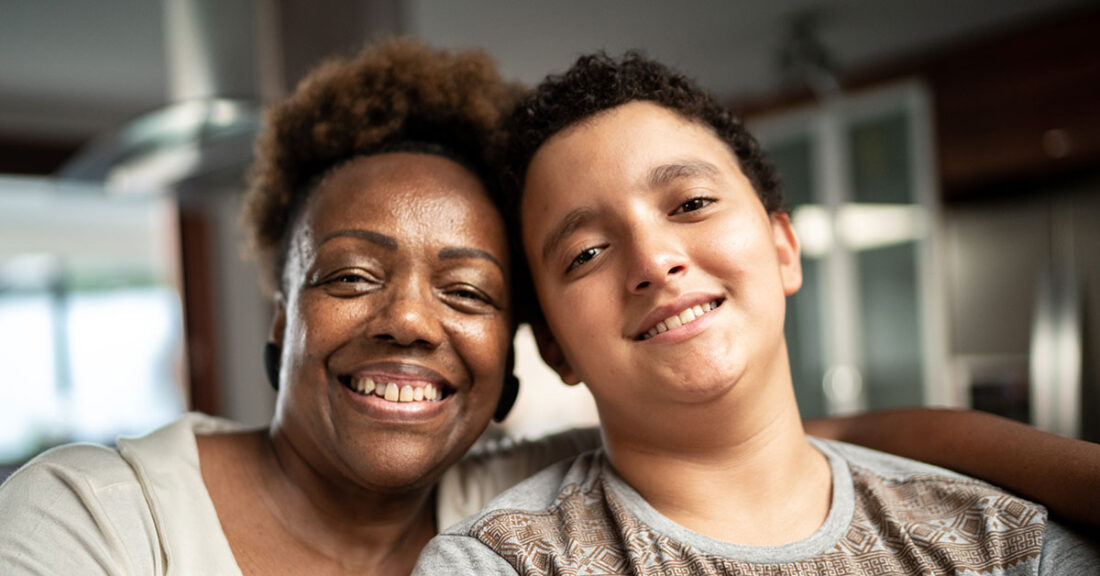LA County Leader on Diverting Thousands of Young People From Court

Los Angeles County is steering thousands of young people away from the juvenile court system and into community-led services. Helping lead this effort is Refugio Valle, the director of the County’s Youth Diversion and Development (YDD) division.
The county’s ambitions are based on evidence that diversion from formal court processing typically improves youth well-being. As the most populous county in the nation, this plan is likely to influence diversion decisions across the nation.
The commitment to significantly ramp up community-led diversion began in late 2017 with the approval of the county’s board of supervisors. When the initiative is fully implemented in 2024, county leaders anticipate up to 80% of youth interactions with law enforcement will lead to diversion rather than juvenile court. To set that goal in context, 43% of juvenile referrals were handled outside of courts and probation agencies nationwide in 2018.
Valle works to increase law enforcement’s use of diversion. He also set the goal of building the capacity of community-based organizations to support young people with getting back on track.
Valle recently spoke about the scope of this effort with the Casey Foundation.
Q: What data supports diversion?
Valle: Youth who participate in prearrest diversion programs are 2.5 times less likely to reoffend than similar youth who were not diverted, according to research. Youth who participate in diversion programs after arrest are 1.5 times less likely to reoffend.
Q: Why pursue community-led diversion?
Valle: Community-based diversion provides an opportunity for young people to be enrolled in programming that’s culturally relevant to their community from organizations that know their history and are able to connect them to local resources. We want our community providers to develop relationships in which they can identify how to support these young people’s development. These relationships could turn into long-term positive connections, as opposed to the short-term nature of [court] system involvement. With that support, young people can identify goals for themselves and achieve things in their lives that maybe they didn’t believe they’d be able to.
Q: Why divert young people instead of refer them to the formal legal system?
Valle: The vast majority of young people who are arrested will grow out of whatever behavior got them in trouble without any sort of punitive intervention. The justice system in America produces poor outcomes for young people and Black and Latino youth are much more likely than white youth to wind up in the system for similar offenses. It traumatizes youth and doesn’t provide the type of support that young people need as they mature.
On the flip side, our diversion model is focused on youth development. We don’t come at this from a punitive lens. We built in restorative justice practices because we want there to be an opportunity for youth to address the harm they may have caused and for folks who were harmed to be able to come to a true resolution around whatever happened — at least in most cases. Less system involvement, more positive youth development and opportunities to restore harm using restorative practices add up to a greater sense of public safety.
Q: When are youth diverted? By whom?
Valle: YDD’s program is prearrest and pre-booking. We encourage law enforcement to make a decision about diversion at the point of contact with the youth based on the alleged offense and the information they have on hand, not whether the youth has a record or the severity of prior offenses.
Q: What’s diversion programming?
Valle: Youth referred to diversion programming pre-booking are not detained. They are able to connect with a service provider in their community. YDD service providers build programming that is culturally relevant to the youth and have staff that are from similar backgrounds who are skilled in building trustful relationships with young people. Length of service depends on a youth’s goals and can be anywhere from three months to a year, with the average length being about six months.
The most common categories of services and activities that the youth have asked for so far are school-related support, restorative justice, recreational and arts activities and work readiness and career development. Also, we want our service providers to address the harm or trauma that the youths may have experienced in their lives.
Q: How could diversion increase equity in juvenile justice?
Valle: We hope to address the inequities that we see in terms of youth arrest, particularly for Black and Latino youth. In the county, 62% of youth arrested are Latinx and 24% are Black, while their percentage in the population is only 47% and 8% respectively. We’re hoping to build equity in terms of the opportunity to be diverted rather than funneled further into the justice system. Our eligibility criteria for diversion doesn’t involve any type of risk assessments in part to avoid the potential bias of such tools.
Q: How are you measuring success?
Valle: Los Angeles County plans to measure the outcomes for youth of color at each of the following touchpoints and compare them to the outcomes of white youth to make diversion more equitable:
- Getting stopped by a law enforcement officer.
- Getting referred by law enforcement to a diversion program.
- Getting enrolled in a diversion program.
- Participating in and completing a diversion program.
- Thriving after a diversion program.
Youth outcomes are at the heart of success. We’re in the process of identifying evaluators who can come in and do some of the deep diving in looking at outcomes over time — metrics like improvements in school engagement, social connections, emotional intelligence and having a source of support in times of need and conflict resolution.






